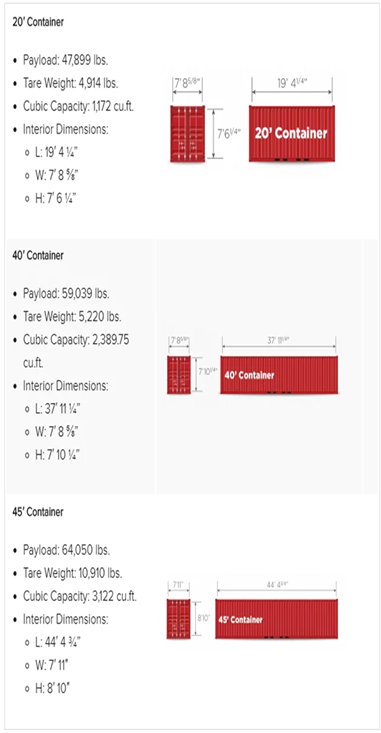2280 Alahao Place
Honolulu, HI 96819
(808) 847-3015
23787 Eichler St,
Hayward, CA 94545
(510) 783-4700
14027 Borate St,
Santa Fe Springs, CA 90670
(562) 623-0150
MFS will work with you to find a skipping solution that best addresses your complete business needs. If you need cargo in an FCL deconsolidated and installed. If you simply have a full container load ready for pickup, we’ll be there for you.
When you need to move goods or equipment anywhere in Hawaii, our dedicated teams, warehouses and fleets on all four major islands, we’re equipped to handle your project from stall to finish.
We handle it all—everything from less-than-container (LCL) consolidated shipments to full container loads (FCL), heavy equipment and more. We can even help you establish a new logistics flow to create new efficiencies that save you money, improving your bottom hue.
We Know Hawaii!!

If you’ve already found how to calculate cubic feet and volume
(illustrated in the steps above), you are half-way to detecting the
density of your shipment. The next piece of the density puzzle is
knowing the weight of your load. Having a scale, or keeping data
from previous deliveries, will come in handy.
Once you know your weight, you’ll want to run it through this
simple formula: Weight / Volume = Density. So if you have a
shipment that is64 cfweighs400 lbs, your equation will look like
this:
400 / 64 = 6.25 pounds per cubic foot
This equation is a great way to understand which freight
class shipments will be rated. Ocean freight forwarders will look
closely at your density to know how your goods will fit into their
mix.
Cube a term which means cubic foot or feet. The total cube of a shipment is the total cubic feet, or the volume in feet. Cubic feet are calculated by multiplying together the three dimensions (length, width and height) of each piece or shipping unit. If this measurement is in inches, you must convert this total to feet by dividing by 1728 (the volume in inches of one cubic foot). Click here for a cube calculation chart.
There are a variety of sizes and shapes available for shipping containers. Most Ocean Freight Forwarders and 3PLs like Approved will deal mostly in40′ and standard and high cube containers. The number of pallets and amount of goods will vary with the type of container but here are a few general rules to follow when trying to understand how many of your pallets will fit in a shipping container.
Containers vary in size and the volume they will hold. Shipping to Hawaii allows for 20′,
40′ and 45′ containers. MFS Freight Services mainly ships in 40′ and 45′ containers. For
a list of all the containers and their volume, please click here
| | 20' | 40' Std | 40’High |
|---|---|---|---|
| Ins L | 19’6? | 39’6? | 39’6? |
| Ins W | 7’9? | 7’8? | 7’8? |
| Ins H | 7’10” | 7’10” | 8’10” |
| Door W | 7’8? | 7’8? | 7’8? |
| Door H | 7’6? | 7’5? | 8’5? |
| Weight | 4870 | 8490 | 9100 |
| Cube (ft) | 1100 | 2380 | 2680 |
| CBM | 31 | 67 | 75 |
As you can see from the chart above, the differences in dimensions for the 3 most common shipping containers only vary slightly. But the extra inches and feet could mean the difference between having to spread your shipment out over multiple containers. If your goods hang over the edges of your pallets – making them wider than 4 ft – you may not be able to place two pallets side by each. Carriers try to maximize space by placing as much as possible in each container. This cuts down on costs for everyone involved.
Is your freight stackable? A critical piece of information when shipping is to know the structural integrity of your product. If your goods can withstand the pressure of stacking, its footprint will be significantly reduced, allowing your freight forwarder to utilize the space alongside. There are many tricks to maximizing the space inside a container. Great transportation providers will do everything they can to load safely, securely, while maintaining low costs for shippers. If you aren’t sure how your freight will stack up, you can always ask one of our experts for assistance. It’s like a giant puzzle, and we love finding solutions that work for everyone.
MFS Freight Service, LLC
2280 Alahao Place
Honolulu, HI 96819
Monday – Saturday
(808) 847-3015
Copyright © 2021 MFS Freight Service LLC